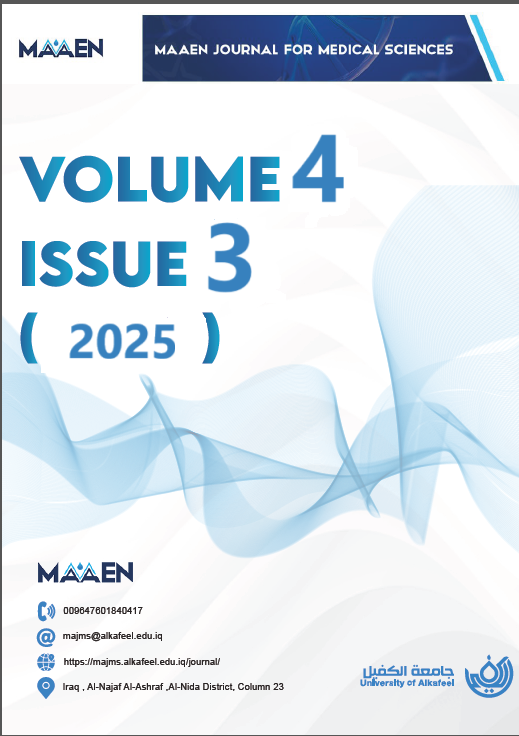Abstract
https://majms.alkafeel.edu.iq/cgi/viewcontent.cgi?article=1078&context=journal
Abstract
The development of dosage forms necessitates the evaluation of pharmacokinetics and pharmacodynamics (PK/PD),
which aids scientists in elucidating the drug\\'s mechanism of action and achieving optimal composite design. The
incorporation of pharmacokinetic/pharmacodynamic (PK/PD) efficacy studies in the early phases of lead identification
and optimisation within drug development can markedly expedite the selection of the most promising dosage forms.
The rapid advancement of computer hardware, software, and algorithms, along with drug screening and PK/PD evaluation, has significantly benefited from various computational methods, which substantially decrease the time and cost
associated with drug development. Computational pharmacokinetic/pharmacodynamic modelling enhances the translation of in vitro compound potency to in vivo contexts and minimises the necessity for in vivo animal studies. This
review seeks to provide people unfamiliar with the insilico program with a fundamental understanding of its main
principles. This review initially examines the significance of insilico software in PK/PD evaluation, covering its history,
applications, developers, and the latest version. The second part focusses on the use of GastroPlusTM to illustrate the
absorption pathway through pre-formulation data. The input data encompassed a physico-chemical evaluation of the
drugs, which included measurements of drug solubility in simulated physiological conditions and the assessment of
permeability, with some examples (R1315 - Sertraline - piroxicam).
Abstract
The development of dosage forms necessitates the evaluation of pharmacokinetics and pharmacodynamics (PK/PD),
which aids scientists in elucidating the drug\\'s mechanism of action and achieving optimal composite design. The
incorporation of pharmacokinetic/pharmacodynamic (PK/PD) efficacy studies in the early phases of lead identification
and optimisation within drug development can markedly expedite the selection of the most promising dosage forms.
The rapid advancement of computer hardware, software, and algorithms, along with drug screening and PK/PD evaluation, has significantly benefited from various computational methods, which substantially decrease the time and cost
associated with drug development. Computational pharmacokinetic/pharmacodynamic modelling enhances the translation of in vitro compound potency to in vivo contexts and minimises the necessity for in vivo animal studies. This
review seeks to provide people unfamiliar with the insilico program with a fundamental understanding of its main
principles. This review initially examines the significance of insilico software in PK/PD evaluation, covering its history,
applications, developers, and the latest version. The second part focusses on the use of GastroPlusTM to illustrate the
absorption pathway through pre-formulation data. The input data encompassed a physico-chemical evaluation of the
drugs, which included measurements of drug solubility in simulated physiological conditions and the assessment of
permeability, with some examples (R1315 - Sertraline - piroxicam).
